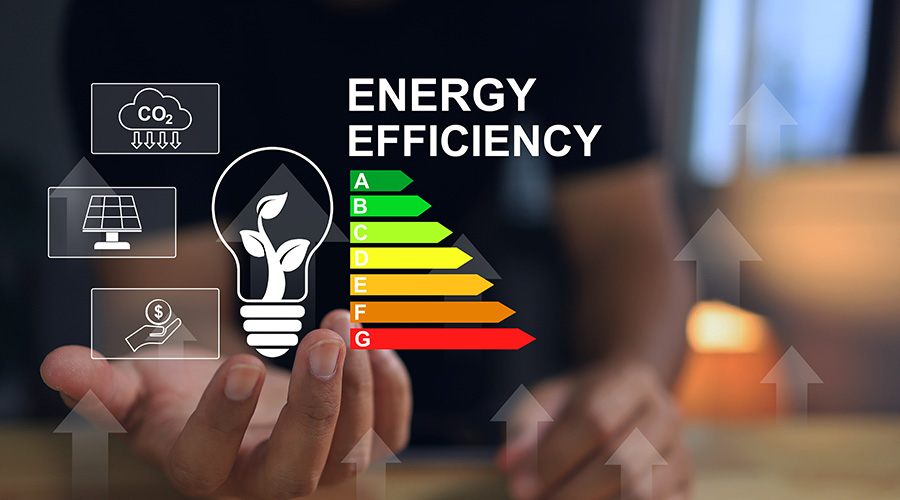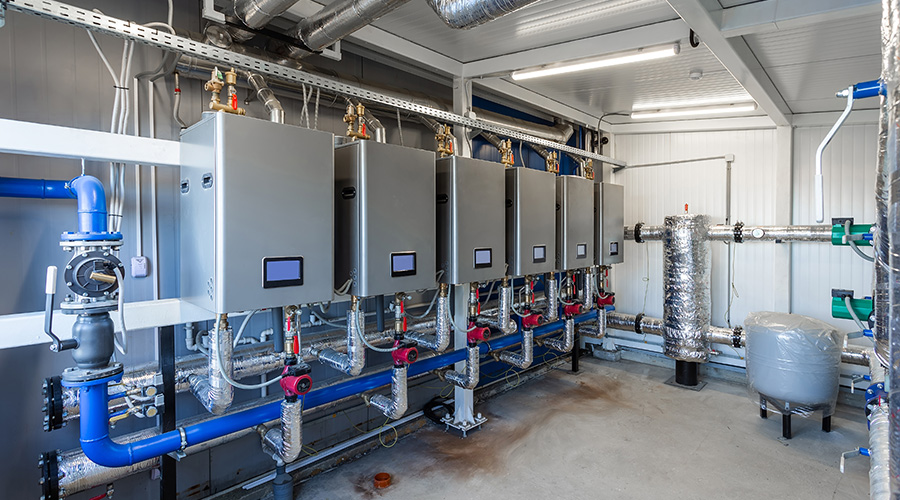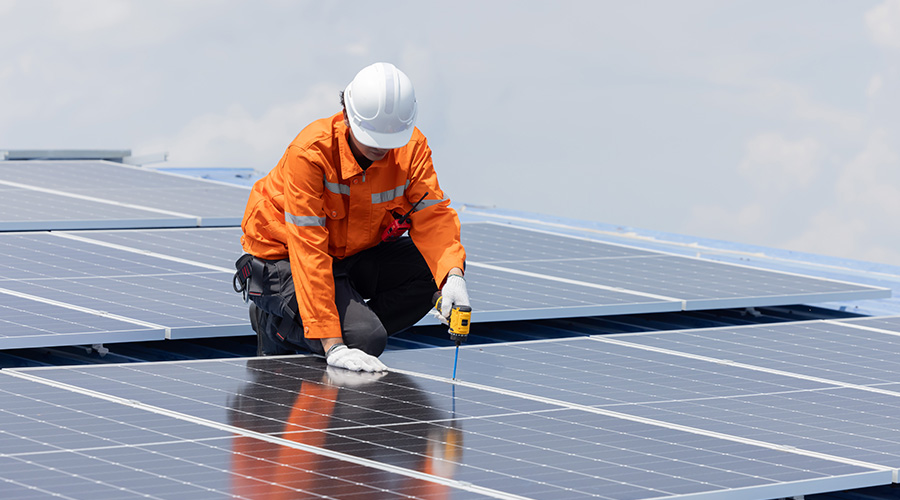The Impact of Water Heaters on Energy Efficiency
Water heaters have had new advancements to make their energy use more efficient.
By Jeff Wardon, Jr., Assistant Editor
OTHER PARTS OF THIS ARTICLEPt. 1: This Page
Energy continues to be a costly expense, which makes facility managers look for ways to optimize their energy consumption to save on funds. Water heaters are a core part of energy use in commercial and institutional facilities, so they eat up their own share of energy. However, water heaters have had new developments to make them more energy efficient.
Facility Maintenance Decisions spoke with water heater manufacturers about how they are making their units use energy more efficiently.
FMD: What innovations have been made for renewable energy water heaters?
“Solar, wind, heat. Whatever the source of renewable energy or heat, storage has become a key topic. A hot water storage tank can function as a thermal battery by storing excess thermal energy to balance energy supply and demand, which can enhance overall system resilience and promote sustainability.
To “bank” as many BTUs as possible, innovations in the construction of storage tanks are critical, including their ability to withstand the corrosive effects of higher-temperature water, reduce standby losses and minimize space requirements.”
— Helen Ringle, product manager, PVI
“Heat pumps have received significant attention in recent years due to their efficiency and eco-friendly operation. A major area of innovation lies in refrigerants, with a move away from traditional ones like R-134 to safer, environmentally friendly options capable of operating in wider ambient temperature ranges, such as R-744.
Safety and sustainability are key, of course. Yet, the ability of heat pumps to operate reliably in more climate zones across North America with these new refrigerants is a critical part of continued market adoption and to position heat pumps as competitive alternatives to more conventional water heating systems.”
— Brian Jahn, associate product manager, Lync
“Tankless heat pump water heaters have been the most crucial innovation for renewable energy water heaters. With tankless heat pump technology, facilities can stop relying on natural gas for their water heating needs without worrying about humongous space needs, complicated installation/maintenance, and high upfront/operational costs.”
— Amy Turner, vice president of marketing, Intellihot
“Renewable energy water heaters are growing in demand as buildings transition to more sustainable equipment. Solar water heating systems or systems able to be integrated with solar panels, geothermal solutions and thermal energy storage are all innovations that are becoming more easily installed for a variety of building end uses. While renewable energy is the most sustainable, it isn’t the only way to increase your buildings efficiency.”
— Hillary Heyerdahl, project manager – commercial water, Rheem
FMD: How are newer water heaters being designed to address the energy needs of large commercial facilities?
“First and foremost, water heaters are getting more and more efficient. If we’re looking at gas-fired solutions, like AERCO’s tankless Innovation water heaters, many of them deliver efficiencies of 93 to 99 percent. So, you’re really maxed out in that regard. What you’re seeing more of is a larger variety of sizes and more BTUs, and with advanced controls that give you the ability to easily pair, or sequence, units and to manage them as one plant. It’s typically ideal from a space and operational perspective to keep your water heating plant at three to four units and having larger units that can be sequenced and managed as one can be beneficial for larger buildings to maximize operational efficiencies.”
— Mark Croce, senior product manager, AERCO
“We’re seeing a growing interest in our combination plants, that is, the pairing of a boiler for space heating with an indirect water heater. A combination plant reduces the total energy requirements to meet the heating and hot water requirements of a building because you’ve got them working in unison rather than as two entirely separate heating plants.”
— Nick Lane, product manager, AERCO
“Newer products are being designed with commercial-grade parts and commercial needs in mind. With heating outputs as high as three million BTUs per hour, and the ability to cascade multiple units, tankless water heaters can meet any hot water demand with ease. Components like scale-resistant stainless steel heat exchangers ensure that these products are equipped with quality materials to handle commercial-grade demands.”
— Amy Turner, vice president of marketing, Intellihot
“There is a lot of investment happening with new water heaters to expand efficiency and capacity while managing footprint. Heat pumps do have a slower recovery rate than gas systems but leverage stored water as a thermal battery. Manufacturers will work closely with engineers to ensure units and the accompanying storage have been appropriately sized.”
— Hillary Heyerdahl, project manager – commercial water, Rheem
Jeff Wardon, Jr. is the assistant editor for the facilities market.
Related Topics:












